Guillaume Pilet. Learning to Love
Learning to Love, 2013
16 silver gelatin prints
–
–
Learning to Love, 2013
silver gelatin print
–
–
Learning from Aping – The Mind Map, 2012-2014
installation, archive materials, books, objects, magazines
–
–
Learning from Aping – The Mind Map, 2012-2014
installation, archive materials, books, objects, magazines
–
–
Learning from Aping – The Mind Map, 2012-2014
installation, archive materials, books, objects, magazines
exhibition view at Kunsthaus Glarus, February 2014
–
–
Learning from Aping – The Mind Map, 2012-2014
installation, archive materials, books, objects, magazines
–
–
Learning from Aping – The Mind Map, 2012-2014
installation, archive materials, books, objects, magazines
–
–
Learning from Aping – The Mind Map, 2012-2014
installation, archive materials, books, objects, magazines
exhibition view at Kunsthaus Glarus, February 2014
–
–
Zoo Manners, 2014
ceramic, mirror, wood, pump
–
–
Zoo Manners (detail), 2014
ceramic, mirror, wood, pump
–
–
Zoo Manners (detail), 2014
ceramic, mirror, wood, pump
Cage Painting, 2014
acrylic on canvas, triptych
exhibition view at Kunsthaus Glarus, February 2014
–
–
Surrogate Mother, 2014
diverse materials
–
–
I Ape Therefore I Am (trailer), 2014
all images © wfw
–
I often ask myself how I position myself as an artist, but there’s no way I could say. I ape art, I think, if not deliberately. I can’t seem to do anything else says Swiss artist GUILLAUME PILET. His works mixes primitivism, Pop, naive expression as well as contemporary criticism and flirts with the art history and the sciences. The artist’s first solo exhibition at Kunsthaus Glarus, Learning to Love, brought together a selection of mostly new works that focus on primates, a subject with which PILET has been preoccupied since 2011.
In the first gallery of the kunsthaus, a ceramic sculpture, which depicts a tea-drinking monkey perched on a mirrored pedestal, and a tryptich entitled Cage Paintings (2014) question the exhibition space by suggesting that the museum is like a zoo leaving the viewer to define whether he is inside or outside, in freedom or in captivity, animal or human.
Other works eloquently examine PILET‘s understanding of the relationship between man and animal as an allegory of human behavior. On the basement level, a vast installation entitled Learning from Aping – The Mind Map (2012-2014) compiles PILET‘s extensive documentation of books, magazines, videos and objects from everyday culture related to apes.
What I obviously found so fascinating about the image of the monkey is that it crops up in such different areas: in art history, as I mentioned earlier, in groundbreaking experiments in behavioural psychology, and in the entertainment sector in regressive shows like the TBS Chimp Channel show, where parodies are played by chimpanzees.
I’m not a scientist. My intuitive methods of assimilating these various allusions often have a metaphorical or allegorical character. I think that viewers who follow their own associations will pick up on the more serious questions behind these humorous-looking forms. Their a priori playful appearance might even make the effect of these works even more brutal. – GUILLAUME PILET in conversation with TIPHANIE BLANC and YANN CHATEIGNET
The upper gallery features an installation consisting of various scenes from his experimental film I Ape Therefore I Am as well as two sculptures including Surrogate Mother (2014), a figure that HARRY HARLOW, an American psychologist and behavioral researcher, repeatedly used as a safe haven for ape babies*. GUILLAUME PILET closed the show by demonstrating that art is not dissimilar to his fetishism which oscillates between animal and man, nature and culture, wildness and domestication, freedom and captivity, love and domination.
Good news: Learning to Love is currently on view at Kunsthaus Glarus until May 4, 2014. If you are interested about the primate project by GUILLAUME PILET, I really suggest you to follow http://learning-from-aping.tumblr.com/
–
*In HARLOW’s experiments, ape babies were confronted with this frightening insect, allowing him to study how they deal with the unknown and fear. With the surrogate mother’s repeated reassurance and encouragement, the ape baby successfully mastered its confrontation with the unknown.
–

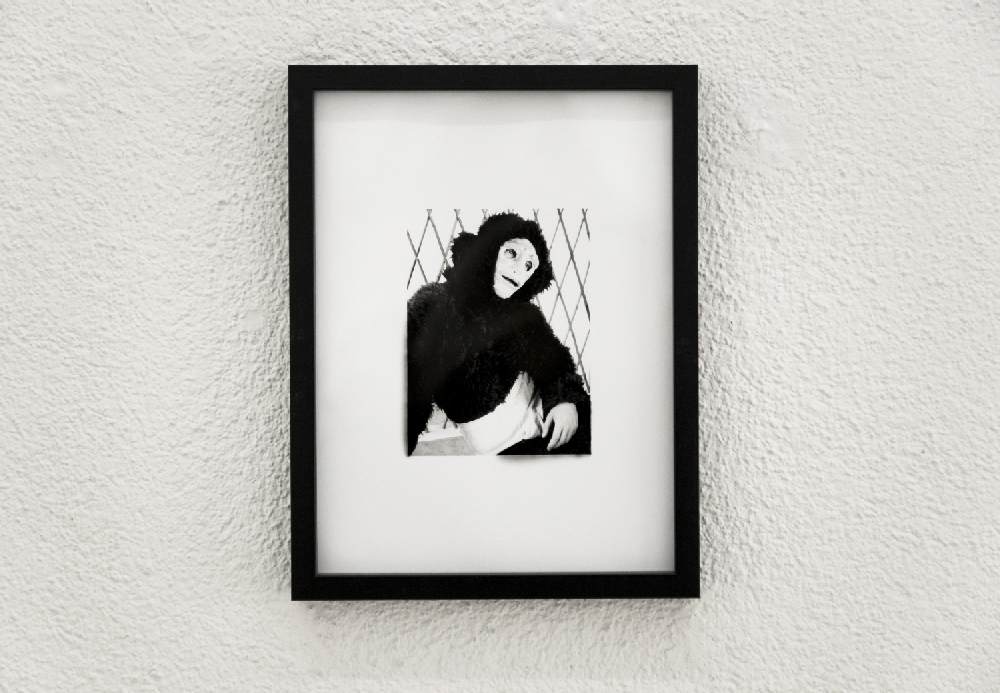
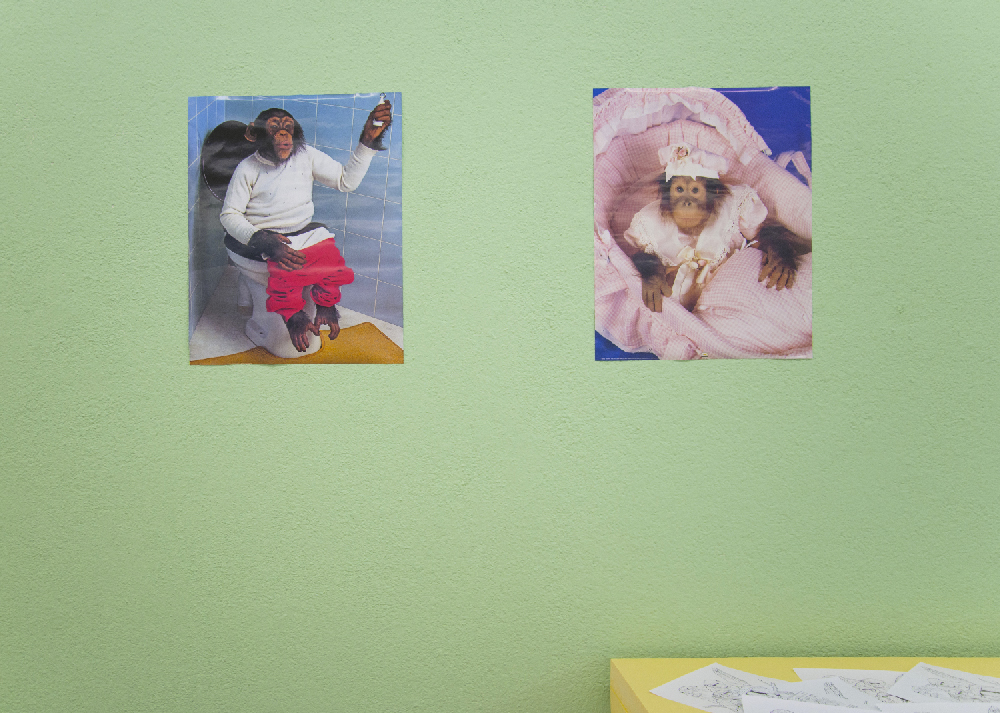
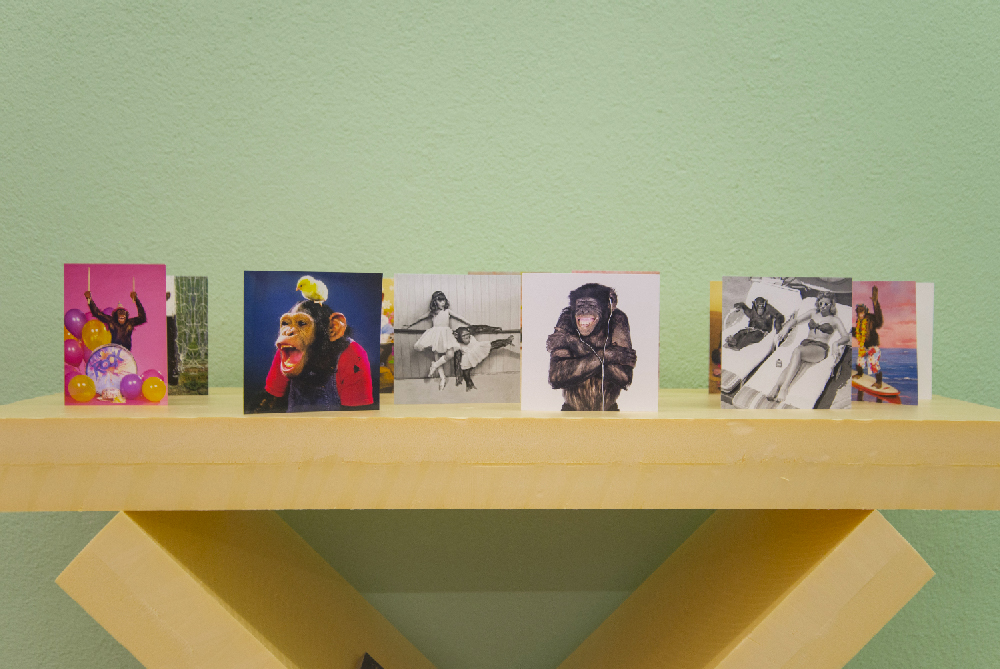
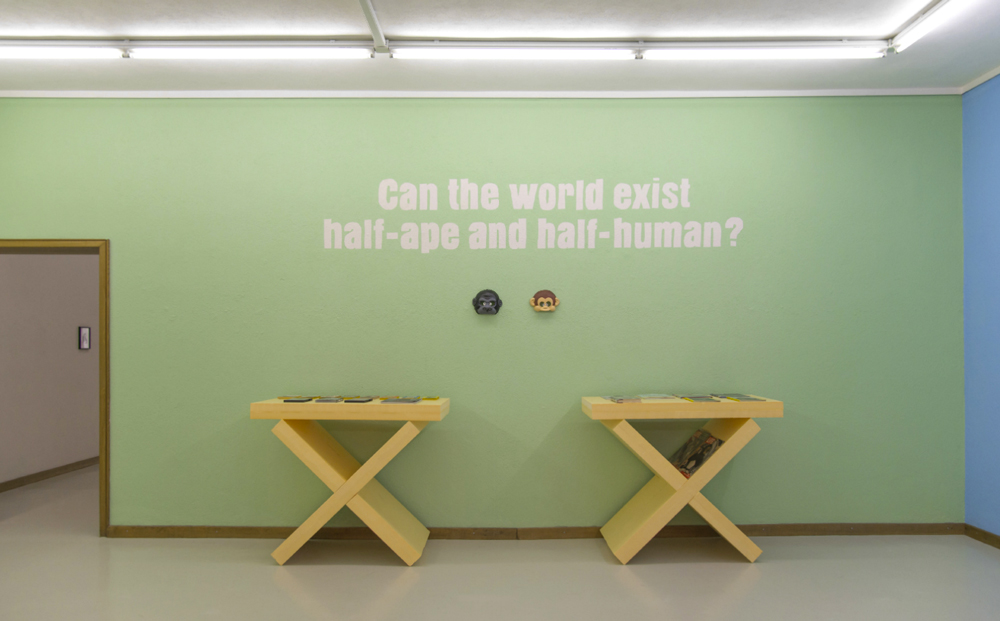

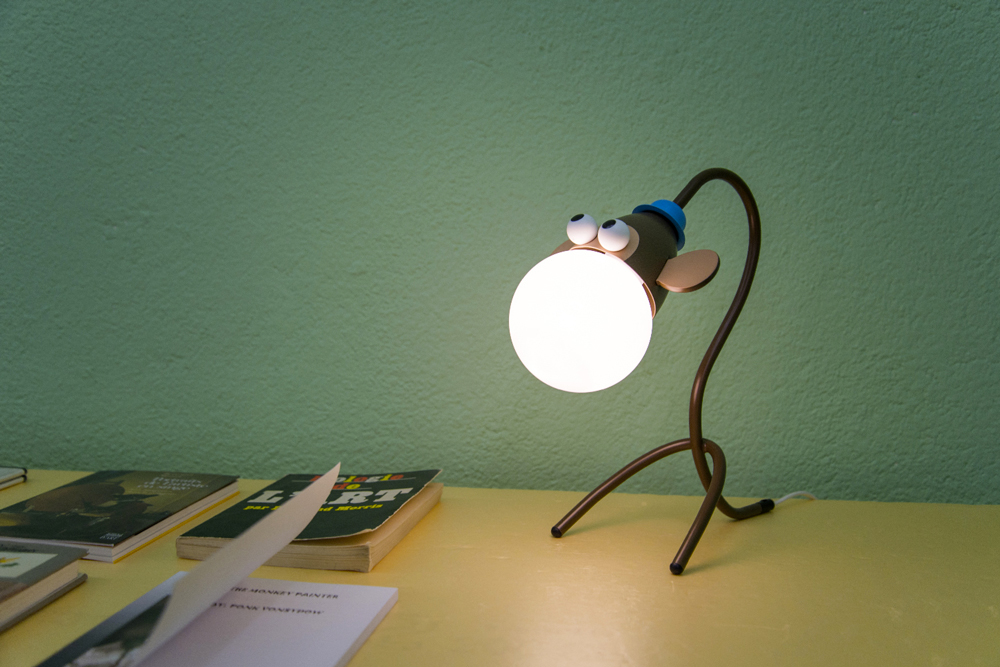
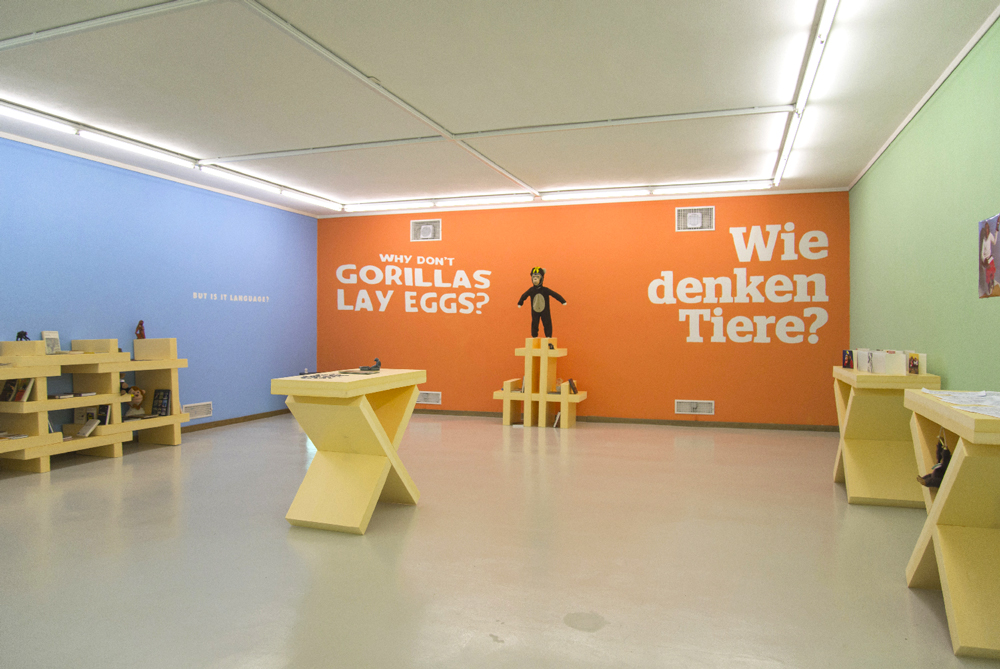
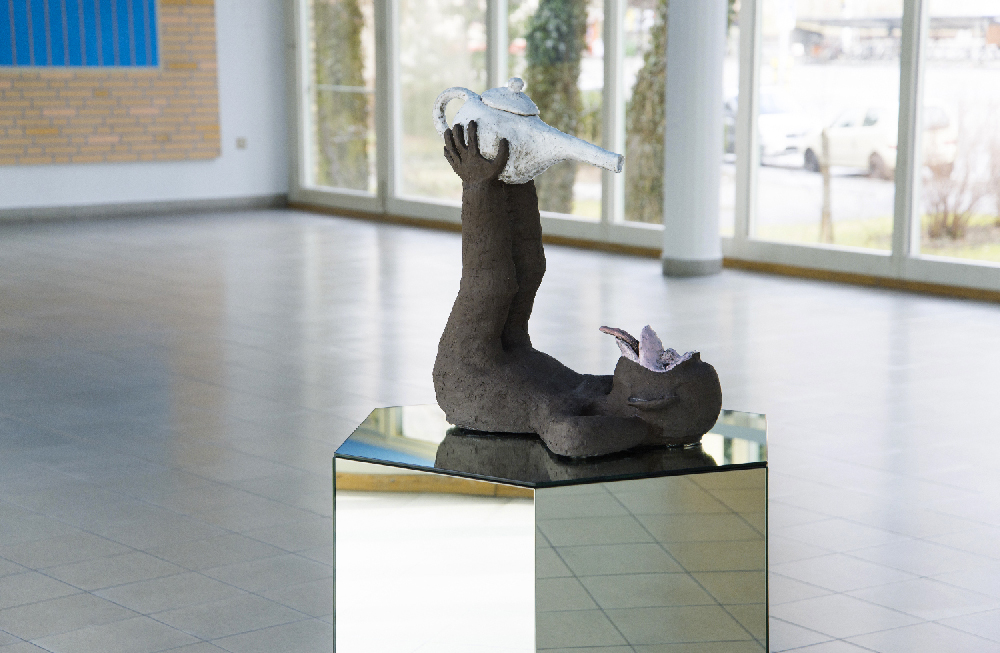
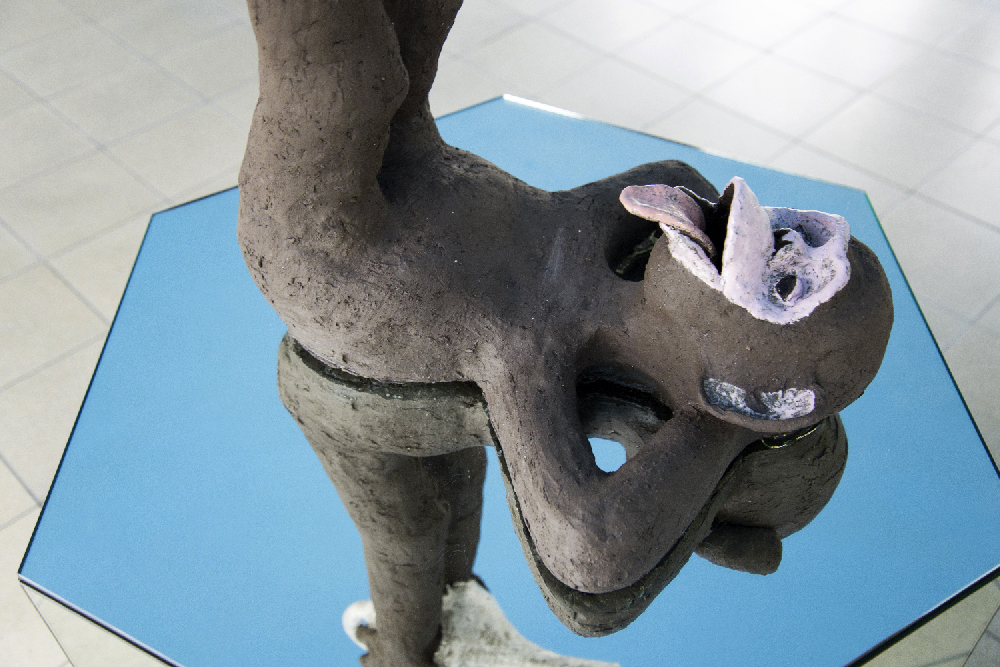
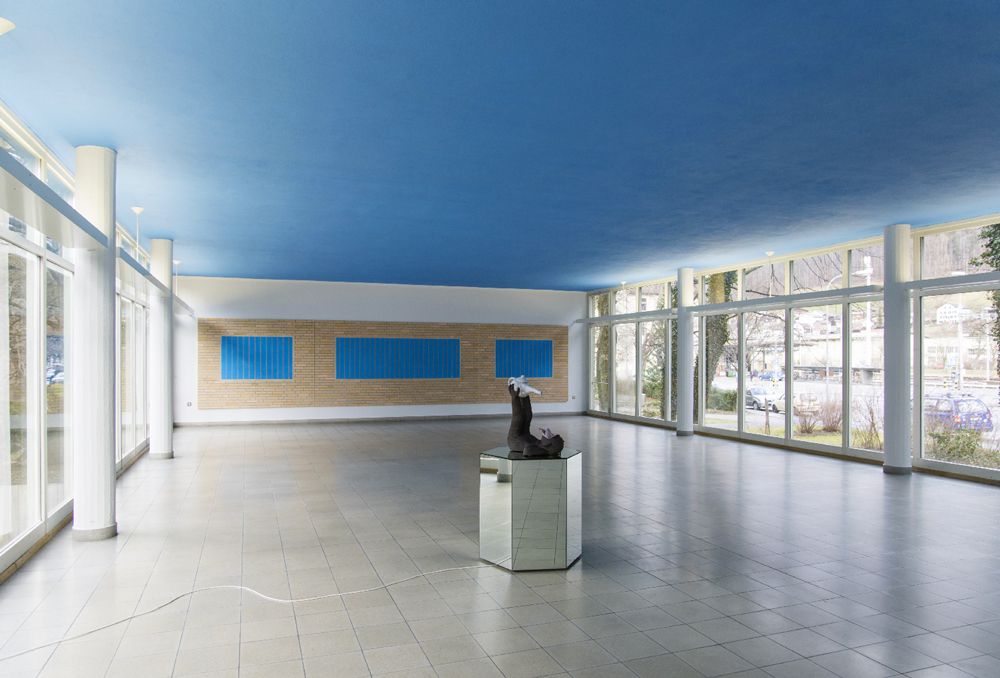
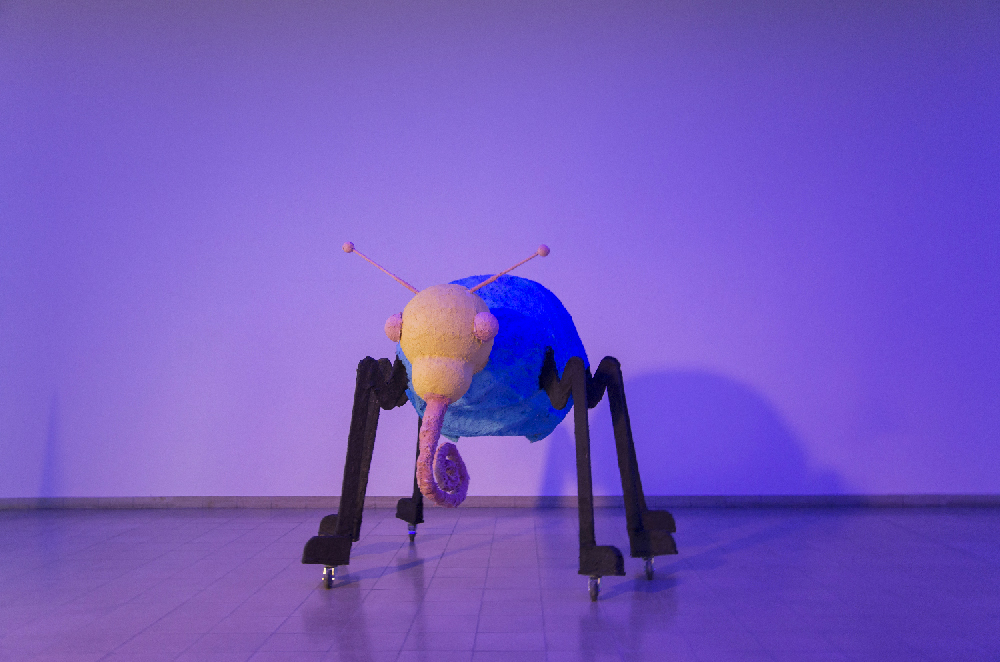
comments are closed !